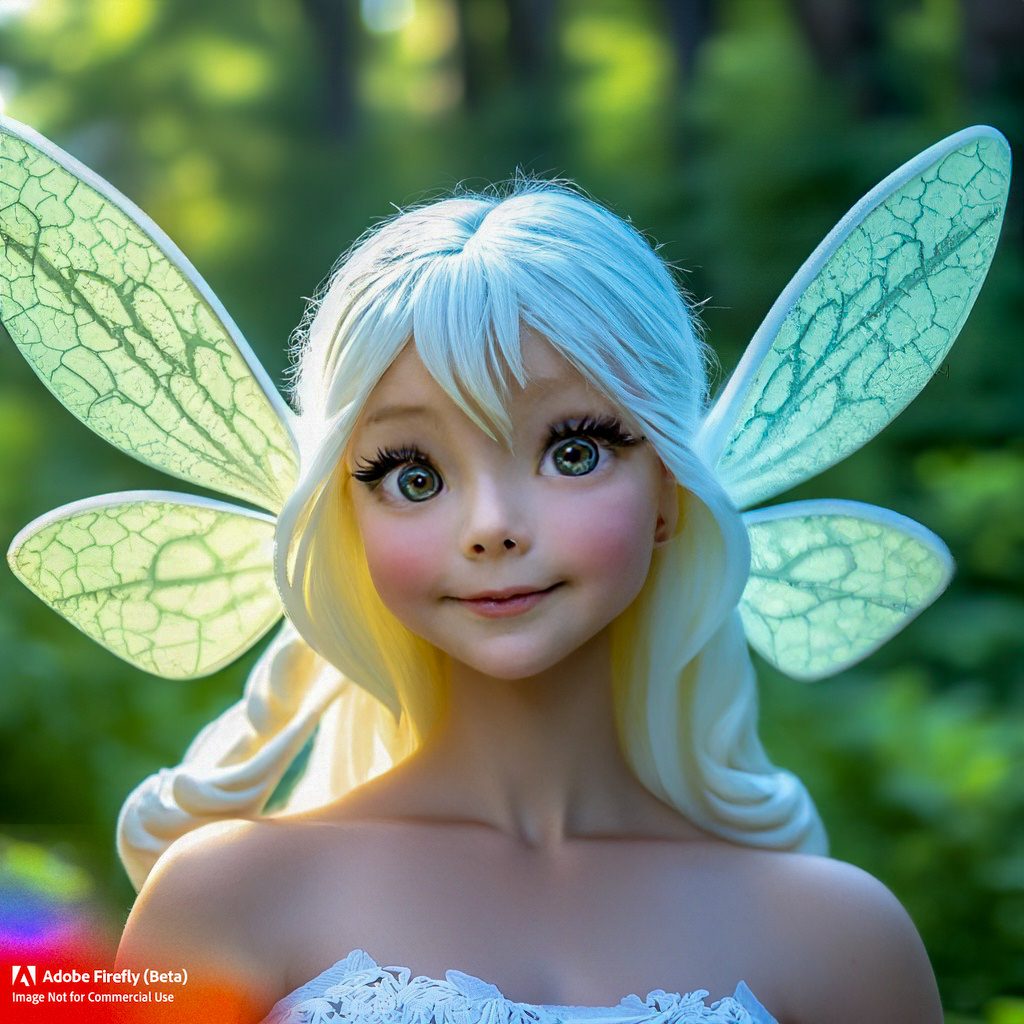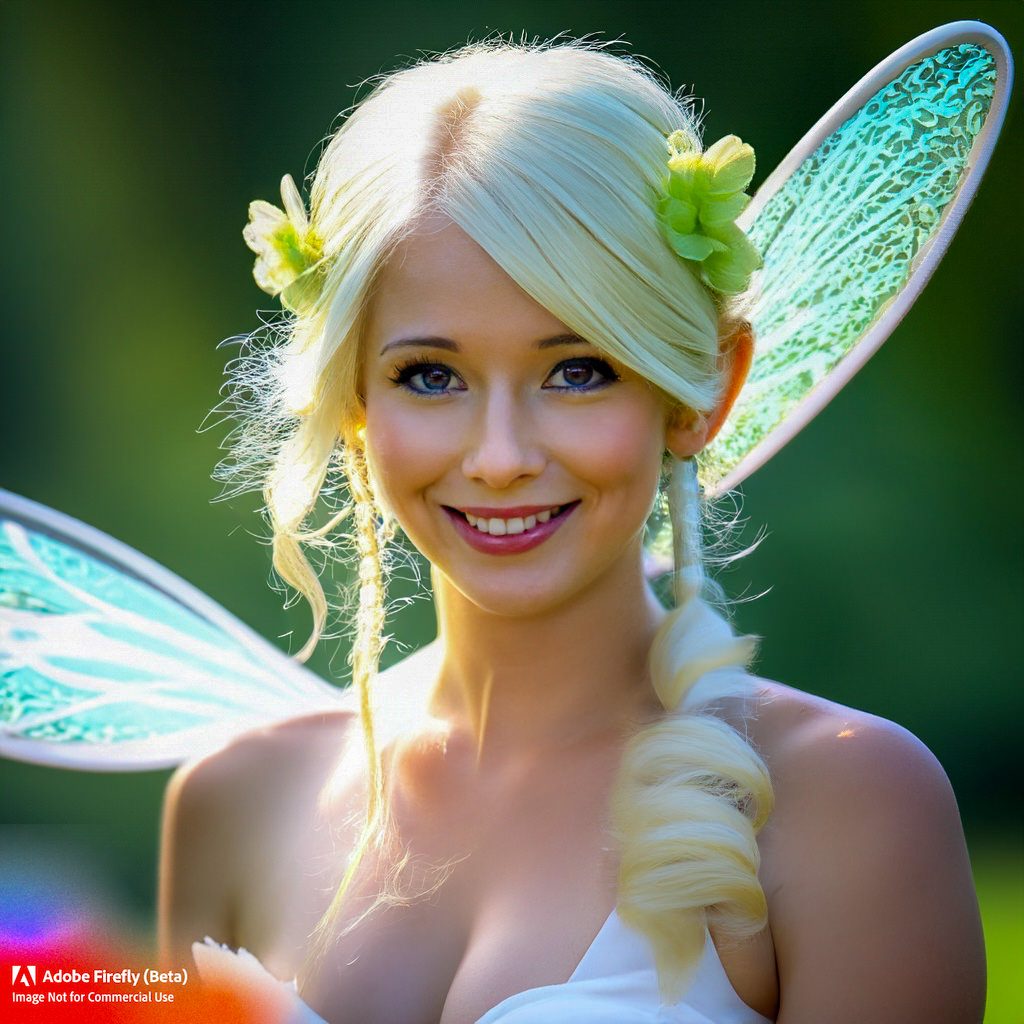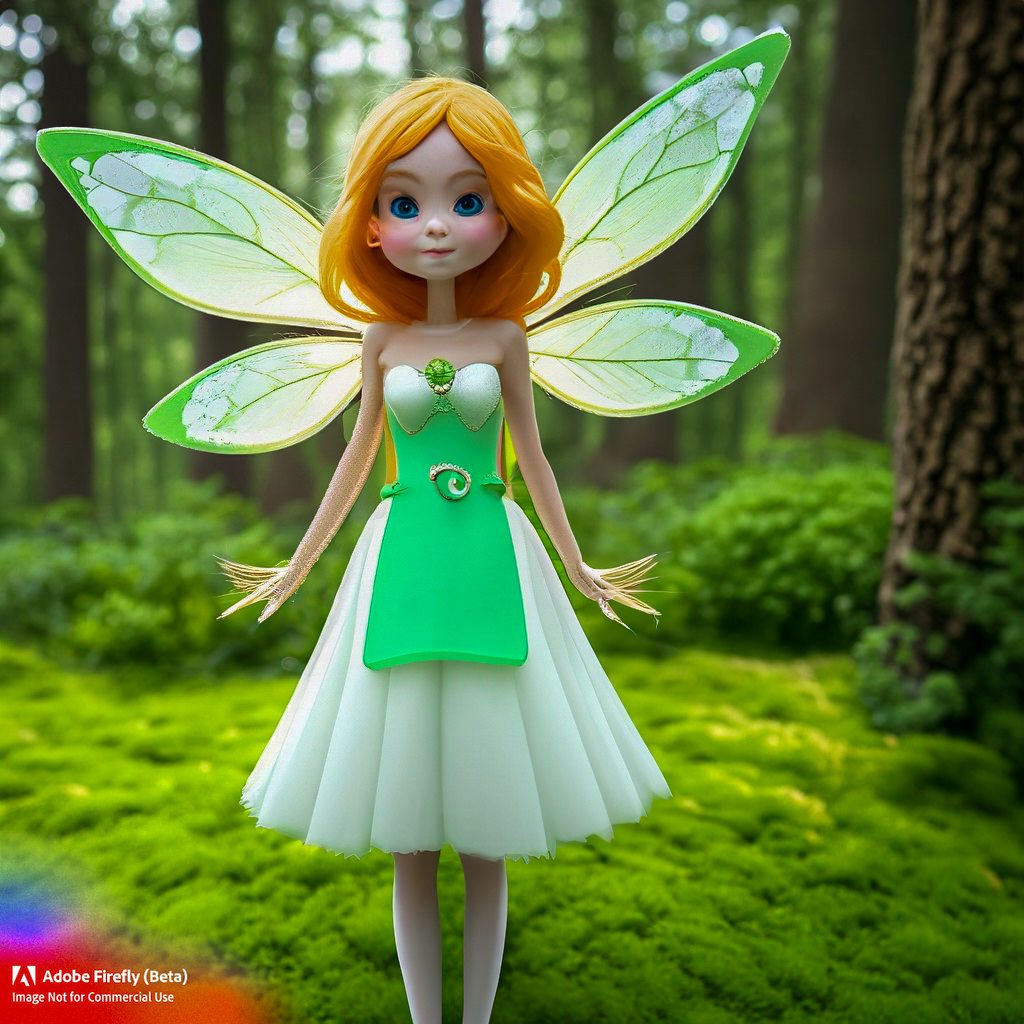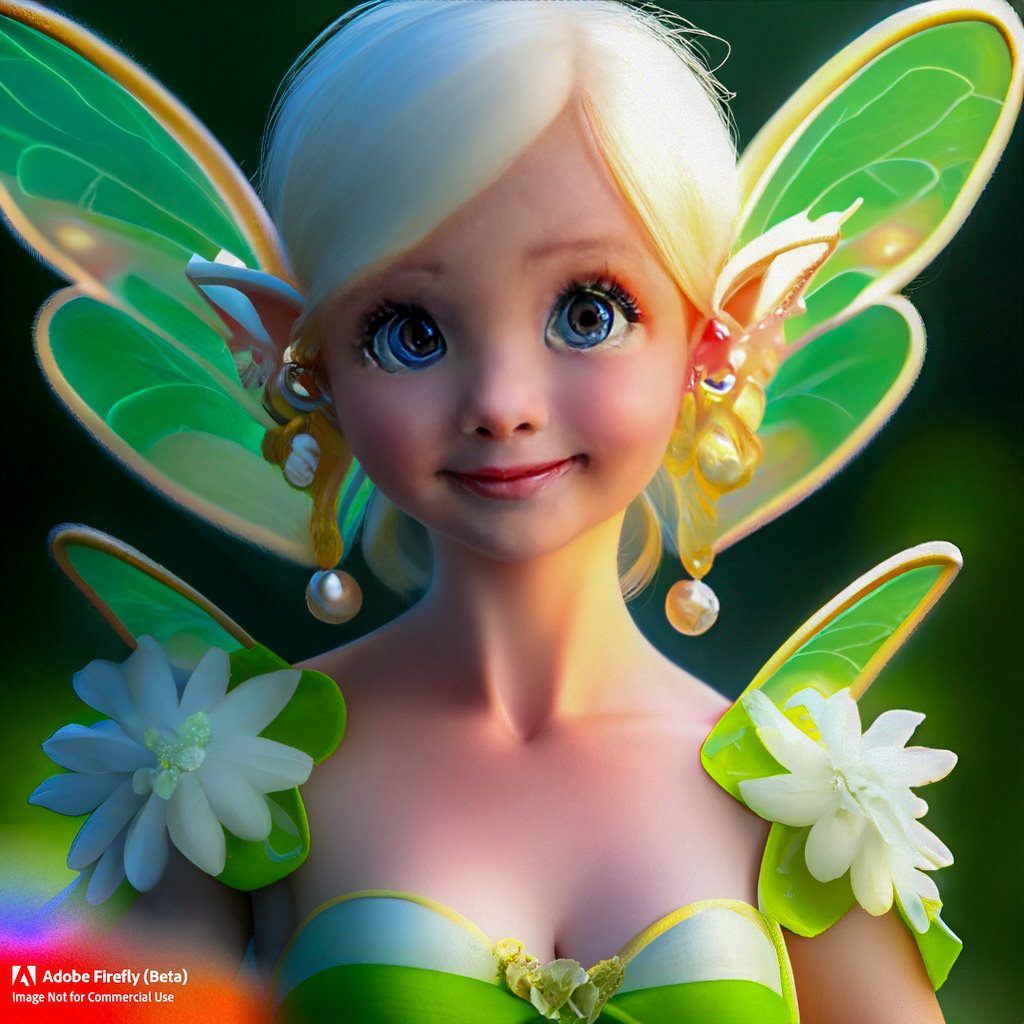1 APRIL 2023
I am currently experimenting with Firefly [Adobe], Bing [Microsoft], Playground AI, DALL-E and a few other options that I will discuss at a later date.
Several programs use text-to-image models to generate a variety of images based on various text prompts. They include OpenAI’s DALL-E, which released a series of images in January 2021, Google Brain’s Imagen and Parti which was announced in May 2022, Microsoft’s NUWA-Infinity, and Dream by Wombo. The input can also include images and keywords and configurable parameters, such as artistic style, which is often used via keyphrases like “in the style of [name of an artist]” in the prompt and/or selection of a broad aesthetic/art style.
On 22 August 2022, Stable Diffusion was released, making the technology much more accessible and free to use on personal hardware as well as extendable by third-parties (i.e. other software projects). This enabled the development of further applications and extensions, such as plugins for Krita, Photoshop, Blender, and GIMP. The Automatic1111 Stable Diffusion UI is a popular web-based open source user interface for using the tool on one’s own computer including, continuously integrated, new features (such as “Inpainting” or “Textual Inversion”). The web interface by Stability.ai that allows running the software without any new installation is called DreamStudio.
There are many other AI art generation programs including simple consumer-facing mobile apps and Jupyter notebooks that require powerful GPUs to run effectively.



